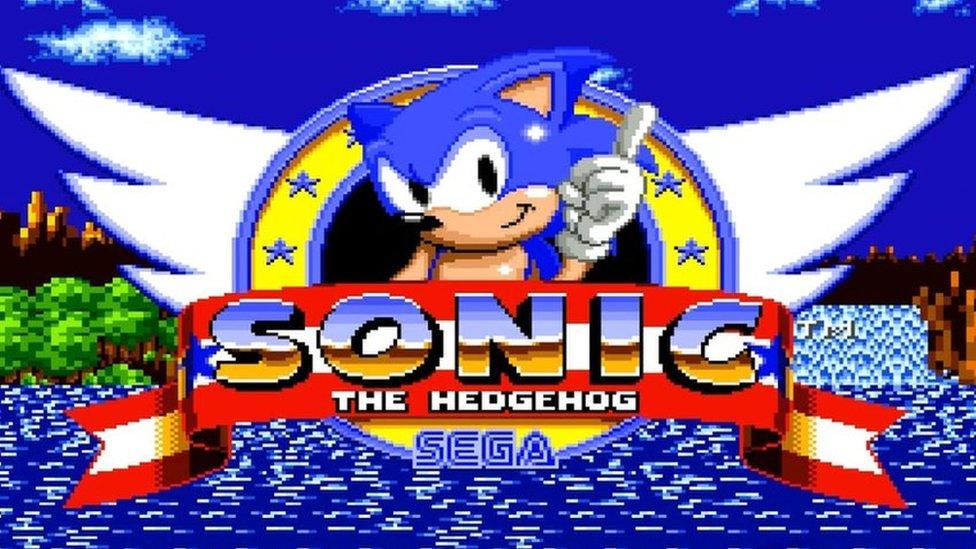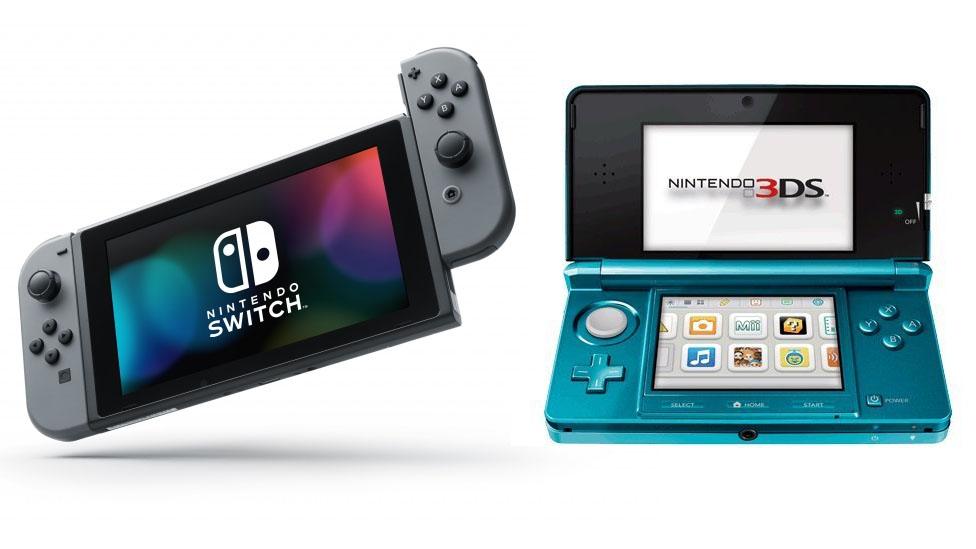Nintendo Switch OLED Model gets an upgraded screen
- Published

Nintendo has unveiled its long-rumoured upgrade to the Switch, with a new model featuring a larger, better screen.
The Switch OLED Model's main feature is its OLED screen - a technology which offers deeper blacks and better colours than most LCD screens like those on the original Switch.
It will launch on 8 October, costing £50/$50 more than the current model.
But the new revision does not feature some of the rumoured improvements fans may have expected.
The so-called "Switch Pro" was widely expected to be announced ahead of or at this year's E3 gaming event in June.
Despite attempts by Nintendo to downplay expectations, some rumours suggested the new model would feature more processing power and advanced processing technology which would drastically improve its graphics.
But the OLED Model announced on Tuesday instead has a range of more minor improvements.
"I think this is disappointing for users who were expecting something more powerful," said Louise Shorthouse, a senior games analyst at Ampere Analysis.
"Given the lack of power upgrade and the small price difference between this and the flagship model, we believe the OLED version will eventually become the flagship and the original will be phased out - perhaps through 2022."
Better, not bigger
The OLED screen, as well as offering better colours and sharper contrast then the previous LCD version, is also marginally larger - at seven inches, up from 6.2 inches.
It runs at the same 1280x720 resolution as its predecessor - far lower than most new consoles, but on a much smaller handheld device.
Allow YouTube content?
This article contains content provided by Google YouTube. We ask for your permission before anything is loaded, as they may be using cookies and other technologies. You may want to read Google’s cookie policy, external and privacy policy, external before accepting. To view this content choose ‘accept and continue’.

Despite the bigger screen, there is only the smallest difference - a few millimetres - in the size of the device itself. It is also very slightly heavier, though the average user is unlikely to notice the new weight.
There is also no improvement to battery life - but no reduction either, with the new device promising the same amount of playtime despite the larger screen.
The rest of the improvements appear to address small but consistent annoyances of the existing model.
A wider tabletop stand now runs the entire width of the console, replacing the flimsy and unstable kickstand which many users complained about in the original Switch.
That stand is also now adjustable - a tension in its design means it can be set to multiple angles, unlike the first version.
The console also has double the original's internal storage, jumping up to 64GB. Most gamers will still require an extra SD card to store more than a few games, however.
Nintendo is promising "enhanced audio" from the console's own speakers, though it is unclear whether the speakers have been upgraded at a hardware level or if software tuning is being used.
Nintendo reveals more of the Zelda sequel
The dock - a key part of the Switch's unique design, which allows it to "switch" from portable to TV mode - is also getting an upgrade.
The new version will have a built-in LAN port for wired network cables. Competitive gamers such as those in the Super Smash Bros fighting game community have long complained about the Switch's reliance on Wi-Fi, which is less optimal for online gaming than a wired connection.
That is the only upgrade aimed at "docked" players, Louise Shorthouse said - all the other improvements in the screen, speakers, and stand "explicitly support the handheld/tabletop play-style".
"This is primarily a model for new adopters," she said. "For many existing users, especially those who play in docked mode, I think the upgrade is not quite substantial enough to warrant purchasing the new device."
The incremental upgrades continue a pattern of updating models Nintendo has followed before for its handheld devices.
The Nintendo 3DS, for example, went through several different revisions - including a larger model and one which dropped the 3D feature entirely in favour of being more affordable.
The Switch already has one revision, the Switch Lite, which removed the "dock" capability for players who prefer to play in handheld mode all the time, at a lower cost.
- Published23 June 2021

- Published15 June 2021

- Published18 March 2021

- Published1 February 2021

- Published15 June 2021
